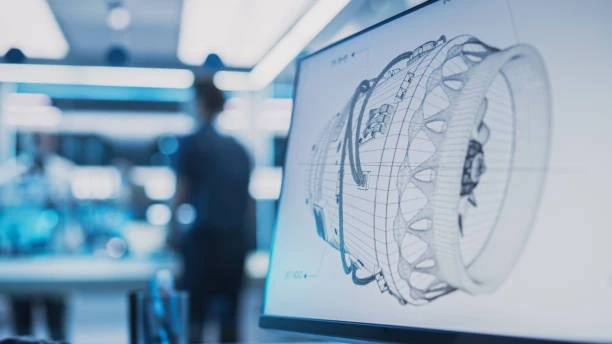Computer-Aided Design (CAD) software plays a crucial role in various industries, such as architecture, engineering, manufacturing, and product design. The high cost of CAD software can be attributed to several factors, reflecting the complexity and specialized nature of the tools.
Here are Some Key Reasons Why CAD Software Tends to be Expensive:
Development Costs
CAD software development involves substantial upfront costs. Skilled software engineers, designers, and domain experts are required to create sophisticated tools that meet the demanding needs of professionals in industries like architecture and engineering. The development process includes research, design, coding, testing, and debugging, all of which contribute to the overall cost.
Specialized Features
CAD software is designed to address the unique requirements of specific industries. This necessitates the inclusion of highly specialized features and tools tailored to the needs of architects, engineers, and designers. The development of these advanced functionalities requires significant investment in terms of time, expertise, and resources.
Continuous Improvement and Updates
CAD software developers invest in ongoing research and development to enhance their products continuously. This commitment to improvement ensures that the software remains at the forefront of technological advancements and meets the evolving needs of users. Regular updates, bug fixes, and the integration of new features contribute to the overall cost of maintaining and improving CAD software. If you need special info on cad software, browse around here.
Quality Assurance and Testing
Given the critical nature of CAD software in industries where precision and accuracy are paramount, extensive quality assurance and testing are essential. Developers must ensure that the software is reliable, stable, and free of critical errors. Rigorous testing processes contribute to the overall cost of CAD software development.
Customization and Integration
CAD software often needs to be integrated with other tools and software used in specific industries. Additionally, users may require customization options to tailor the software to their unique workflows. The development of features that allow seamless integration and customization increases the complexity and cost of CAD software.
Licensing and Intellectual Property
CAD software companies invest heavily in protecting their intellectual property. This involves obtaining patents for innovative features, implementing robust licensing systems, and protecting against piracy. These measures contribute to the overall cost but are essential for the sustainability of the software development business.
Training and Support
The complexity of CAD software necessitates thorough training for users to maximize its potential. Software developers often provide training programs, documentation, and customer support to ensure that users can effectively utilize the software. These support services add to the overall cost of delivering CAD software.
Hardware Requirements
CAD software is resource-intensive, requiring powerful computing hardware to run efficiently. The development and optimization of software to work seamlessly with high-performance hardware contribute to the overall cost. Users may need to invest in powerful workstations to fully leverage the capabilities of CAD software.
Target Market and Industry Standards
CAD software is often developed for specific industries, each with its own set of standards and requirements. Complying with industry standards and regulations adds complexity to the development process, contributing to the overall cost. Meeting the expectations and demands of professionals in specialized fields is a key factor in determining the pricing of CAD software.
In conclusion, the high cost of CAD software can be justified by the significant investment required in development, ongoing improvement, quality assurance, customization, and support. The specialized nature of CAD tools and their critical role in various industries contribute to the complexity and expense of creating and maintaining these sophisticated software solutions.


